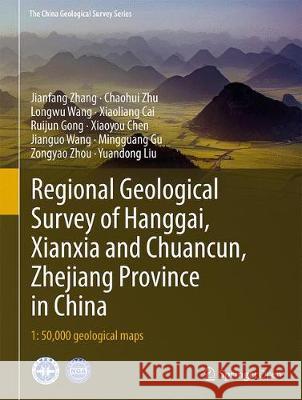Regional Geological Survey of Hanggai, Xianxia and Chuancun, Zhejiang Province in China: 1:50,000 Geological Maps » książka
topmenu
Regional Geological Survey of Hanggai, Xianxia and Chuancun, Zhejiang Province in China: 1:50,000 Geological Maps
ISBN-13: 9789811517877 / Angielski / Twarda / 2020 / 292 str.
Regional Geological Survey of Hanggai, Xianxia and Chuancun, Zhejiang Province in China: 1:50,000 Geological Maps
ISBN-13: 9789811517877 / Angielski / Twarda / 2020 / 292 str.
cena 200,77
(netto: 191,21 VAT: 5%)
Najniższa cena z 30 dni: 192,74
(netto: 191,21 VAT: 5%)
Najniższa cena z 30 dni: 192,74
Termin realizacji zamówienia:
ok. 22 dni roboczych
Bez gwarancji dostawy przed świętami
ok. 22 dni roboczych
Bez gwarancji dostawy przed świętami
Darmowa dostawa!
Kategorie BISAC:
Wydawca:
Springer
Seria wydawnicza:
Język:
Angielski
ISBN-13:
9789811517877
Rok wydania:
2020
Wydanie:
2020
Numer serii:
001038249
Ilość stron:
292
Waga:
0.90 kg
Wymiary:
28.22 x 21.49 x 2.18
Oprawa:
Twarda
Wolumenów:
01











